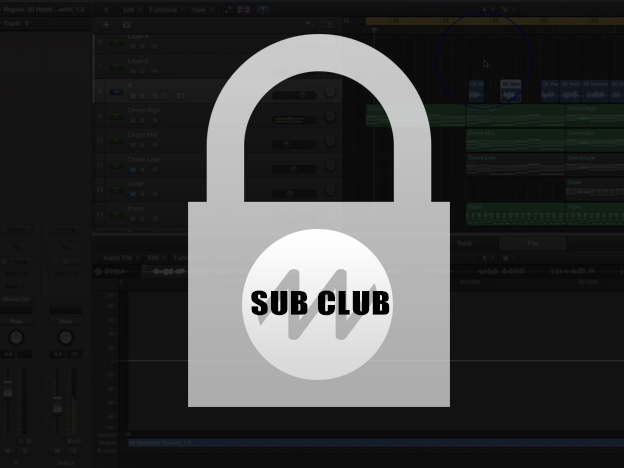Whenever we talk about frequency modulation synthesis it conjures up images of lengthy algorithms and the inherently difficult Yamaha DX-7. But FM synthesis really isn’t that complicated and only requires a basic understanding of analog synthesis in order to understand how it can be programmed.
With frequency modulation operators are simply combined to recreate the typical analog-style sine, square and saw waveforms. Once these are created, we mix these waveforms together to produce sounds much the same way as we do with analog. In fact, if you understand analog synthesis, FM is just as simple. And for Synthesis 2, we break it down and show you in a simple, practical way both how frequency modulation works and how to design sounds with its synthesis engine.
We discuss the principle and practice of Sound Design using this form of synthesis. Employing FFT analysis and oscilloscopes, we begin by explaining the basic principles of harmonics before moving on to discuss sound design within FM.
After the basic theory, we then show the practical applications of programming sound in Frequency Modulation by walking through and designing a multitude of different timbres, growing ever more complex as we progress.
Although all of the examples are programmed on the Native Instruments FM8, these techniques can be translated to any capable Frequency Modulation synthesizer.














